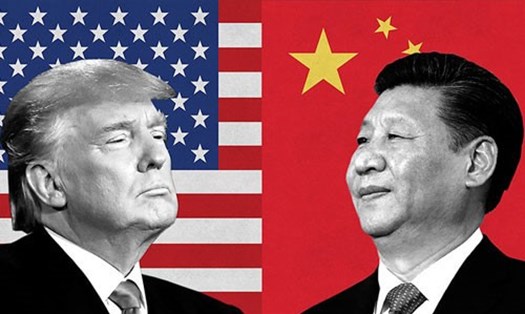Specifically, Japan's Nikkei 225 index fell 0.43% in the first hours of trading.
In Korea, the Kospi index increased by 0.1% on the first trading day of the week after the holiday (Mid-Autumn Festival).
Australia's ASX 200 index moved sideways, with shares of Commonwealth Bank of Australia increasing by 0.3%.
Meanwhile, records in the US market last night showed that the Dow Jones industrial average index slid 106.93 points and closed the session at 26,385.28 points. The S&P 500 index decreased by 0.3% to 2,905.97 points.
After two consecutive days of increasing points, the Nasdaq composite index turned to decrease, with a decrease of 0.2% to 7,990.37 points.
In foreign exchange, the US dollar index (USD) was trading at 94,253 at 8:01 a.m. on September 27 Hong Kong/Singapore time.
The Japanese Yen continues to trade stably at 112.75/USD, while the Australian Dollar (AUD) is still quite stable at 1 AUD, exchanging 0.7254 USD at 8:02 am on September 27 Hong Kong/Singapore time.
In the oil market, oil prices in Asia increased sharply in the morning session of September 27. US crude oil futures increased 1.22% to 72.44 USD/barrel, while Brent crude oil futures increased to 1.03% and traded at 82.18 USD/barrel.
At a press conference this morning, after a two-day policy meeting, Fed Chairman Jerome Powell said: Our economy is strong. But the interest rate is still low. We believe that this gradual normalization will help maintain the strength of the United States.
This is the third time the Fed has raised interest rates this year. The majority of Fed officials now agree to a fourth rate hike in December. They also said that interest should be raised at least 3 times in 2019 and once in 2020.
The Fed has kept interest rates at a record low for many years after the financial crisis. In recent years, they have only begun to increase to help the economy not grow too much. Gradually increasing interest rates also does not push the US into recession.



